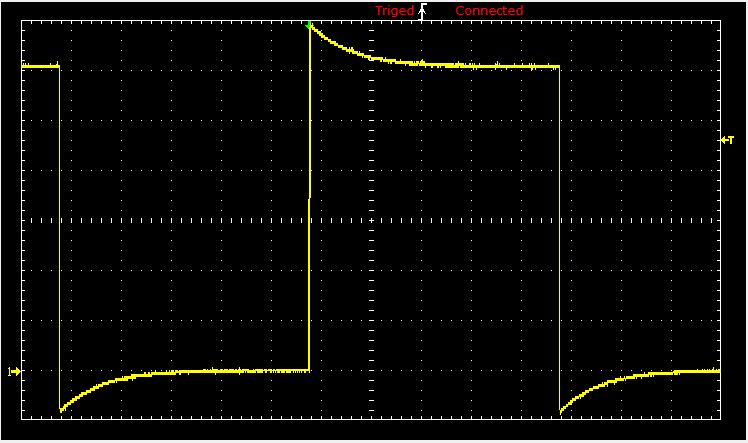Glossary - P
All terms beginning with the letter 'P' are shown below:
| Probability: | The matrix adj A formed from a square matrix A by replacing the .i; j /-entry of A by the .i; j /-cofactor, for all i and j , and then transposing the resulting matrix. |
| Probability density function: | A probability density function (PDF), or density of a continuous random variable, is a function whose value at any given sample (or point) in the sample space (the set of possible values taken by the random variable) can be interpreted as providing a relative likelihood that the value of the random variable would equal that sample. |
| Probability distribution: | A probability distribution function is some function that may be used to define a particular probability distribution. Depending upon which text is consulted, the term may refer to: |
| Probability space: | A linear combination of vectors (points in Rn ) in which the sum of the weights involved is 1. |
| Probability mass function: | A probability mass function (PMF) is a function that gives the probability that a discrete random variable is exactly equal to some value. |
| Affine hull (or affine span) of a set S: | The set of all affine combinations of points in S , denoted by aff S. |
| Affinely dependent set: | A set fv1 ; : : : ; vp g in Rn such that there are real numbers c1 ; : : : ; cp , not all zero, such that c1 C ! ! ! C cp D 0 and c1 v1 C ! ! ! C cp vp D 0. |
| Affinely independent set: | A set fv1 ; : : : ; vp g in Rn that is not affinely dependent. |
| Affine set (or affine subset): | A set S of points such that if p and q are in S , then .1 " t/p C t q 2 S for each real number t. |
| Affine transformation: | A mapping T W Rn ! Rm of the form T .x/ D Ax C b, with A an m # n matrix and b in Rm. |
| Algebraic multiplicity: | The multiplicity of an eigenvalue as a root of the characteristic equation. |
| Angle (between nonzero vectors u and v in R2 or R3/: | The angle # between the two directed line segments from the origin to the points u and v. Related to the scalar product by u ! v D kuk kvk cos # |
| Associative law of multiplication: | A.BC/ D .AB/C , for all A, B, C. |
| attractor (of a dynamical system in R2): | The origin when all trajectories tend toward 0. |
| Augmented matrix: | A matrix made up of a coefficient matrix for a linear system and one or more columns to the right. Each extra column contains the constants from the right side of a system with the given coefficient matrix. |
| Auxiliary equation: | A polynomial equation in a variable r, created from the coefficients of a homogeneous difference equation. |
